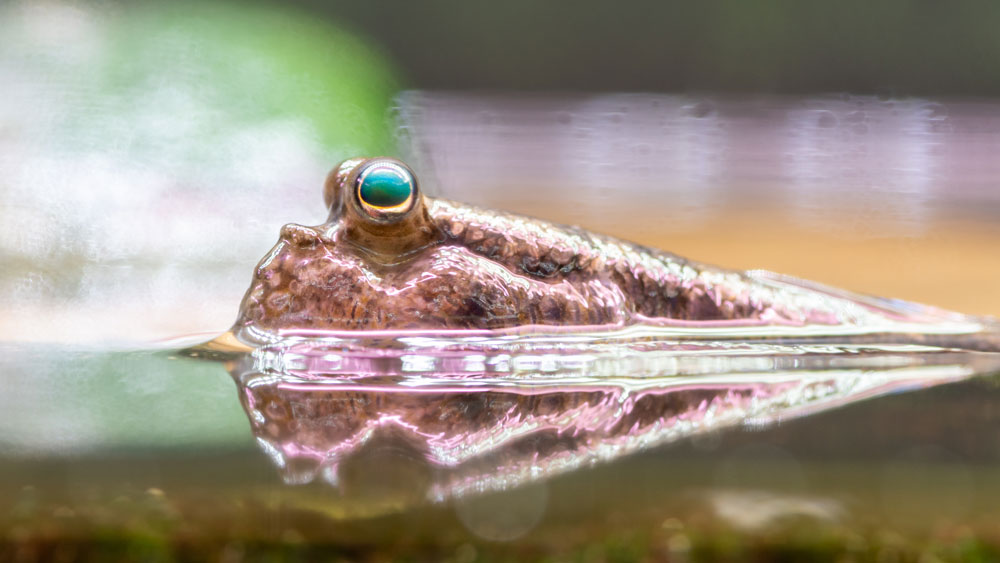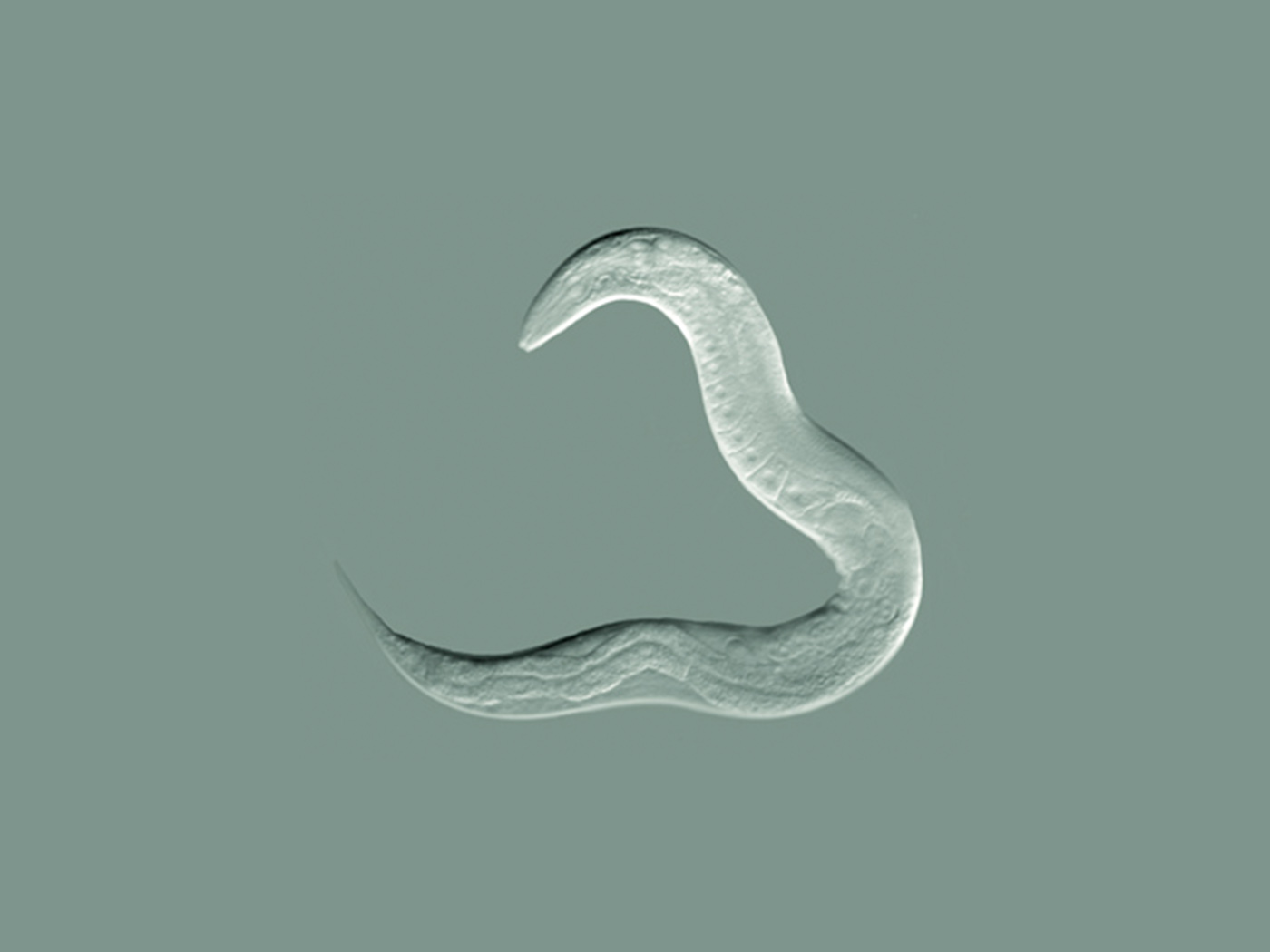The mudskipper (Boleophthalmus caeruleomaculatus) of the order Perciformes, is a fascinating fish whose evolutionary origins are quite unknown. They supposedly ‘diverged’ from other bony fish (teleosts) about 140 million years ago.
Recently, evolutionists investigated the blinking behavior of the mudskipper:
New research shows that these amphibious fish have evolved a blinking behavior that serves many of the same purposes of our blinking. The results suggest that blinking may be among the suite of traits that evolved to allow the transition to life on land in tetrapods—the group of animals that includes mammals, birds, reptiles and amphibians—some 375 million years ago.1
Because evolution theory states fish learned to walk many millions of years ago, evolutionists necessarily see blinking as just one of the many transitional steps. But the following quote shows justified caution:
“The transition to life on land required many anatomical changes, including changes for feeding, locomotion and breathing air,” said [Thomas Stewart, assistant professor of biology]. “Based on the fact that mudskipper blinking, which evolved completely independently from our own fishy ancestors, serves many of the same functions as blinking in our own lineage, we think that it was likely part of the suite of traits that evolved when tetrapods were adapting to live on land.”1 (emphasis added)
Creationists state the evolutionary transition to life on land from the ocean never happened. Indeed, according to the late evolutionist, Jenny Clack, “The question of where tetrapods evolved is even more difficult to answer than that of when.”2 Four years later, evolutionist Michael Denton stated,“...the gap between the tetrapod limb and the fin remains.”3 Two years ago, a prestigious science publication said, “The fish-to-tetrapod transition is one of the most iconic events in vertebrate evolution, yet fundamental questions regarding the dynamics of this transition remain unresolved.”4
Mudskippers have no evolutionary or fossil ancestry. They were created as 100% mudskippers complete with the blink reflex: perhaps it’s because the environment they were designed for has lots of mud? The Creator designed them to blink, cleaning, wetting, and protecting their eyes. People, pumas, peacocks and, polar bears also blink for the same reason. Such a rapid and sophisticated mechanism didn’t randomly evolve.
When did ‘early tetrapods’ evolve their eyelids and associated muscles?
Tetrapods likewise have eyelids, another unique innovation connected with terrestrial life, and there is a muscle to more the eyelids that only tetrapods have...Interpreting muscle insertions is hazardous at the best of times, but in this case, it is particularly fraught with difficulties. Other eye muscles, not unique to tetrapods, are equally likely candidates to insert in that [small inpocketing of the braincase]. It is quite likely that it will never be certain when early tetrapods, or their fish relatives, evolved the eyelid or its muscles.5 (emphasis added)
In denying that animals were created by God complete and fully formed, evolutionists must posit creatures filled environmental niches because evolution fiddled, messed, and tampered.
"Blinking is a reflection of a bigger question," [associate professor Simon] Sponberg said. "How did major evolutionary transitions occur that enabled organisms to inhabit basically every environment on this planet? What we learned is you don't need the evolution of a lot of specialized musculature or glands; evolution can tinker with the structures that are already there, allowing them to be used in a new way and for a new behavior."6
Of course, empirical research documenting the process of how evolution tinkers is out of the question.
Creationists maintain our Creator, Jesus, has given us a variety of tools such as logic and observation to unlock the amazing mysteries of His creation such as the eye and its associated structures and functions. May we always give Him the glory.
References
- Sholtis, S. A blinking fish reveals clues as to how our ancestors evolved from water to land. PennState, Eberly College of Science. Posted on science.psu.edu April 24, 2023, accessed April 25, 2023.
- Clack, J. 2012. Gaining Ground: The Origin and Evolution of Tetrapods. 2nd ed. Indiana Press, 128.
- Denton, M. 2016. Evolution: Still a theory in crisis. Seattle, WA: Discovery Institute Press, 159.
- Simões, T. and S. Pierce. 2021. Sustained high rates of morphological evolution during the rise of tetrapods. Nature Ecology and Evolution. 5:1403-1414.
- Clack, 224.
- Georgia Institute of Technology. Mudskippers could be key to understanding evolution of blinking. Science Daily. Posted on sciencedaily.com April 24, 2023, accessed April 27, 2023.
* Dr. Sherwin is science news writer at the Institute for Creation Research. He earned an M.A. in zoology from the University of Northern Colorado and received an Honorary Doctorate of Science from Pensacola Christian College.





















